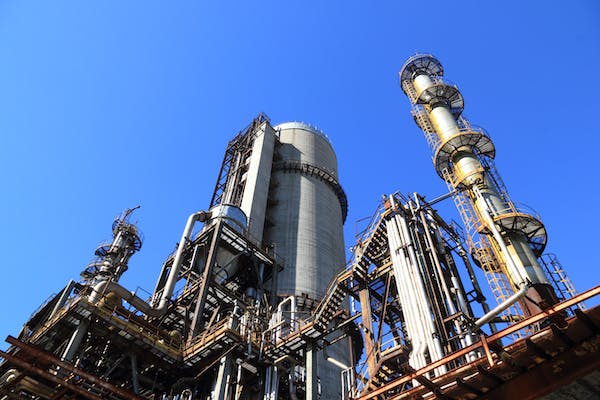With Alberta’s oil sands industry being a major source of wealth and employment in the province, it is no surprise that it has experienced its fair share of problems pertaining to substance abuse and addiction. While running any kind of business inherently involves some risk of addiction and substance abuse, the fact remains that oil sands operations have been linked to an elevated rate of these issues, primarily due to the unique stress associated with the industry.
First and foremost, the oil sands are highly demanding workplaces. Oil industry workers are forced to put in long hours for relatively low wages and, as a result, many of them experience high levels of stress. Combined with the ready availability of alcohol in camp environments, it is easily understandable why addiction and substance abuse would become a problem among workers. Furthermore, the oils sands are comprised predominately of males, a demographic which has been historically correlated to higher rates of substance abuse.
It is not just the workers that are affected by the substance abuse and addiction epidemics found in Alberta’s oil sands. Unfortunately, these issues take a toll on the wider community as well, in the form of increased rates of domestic abuse, fatal injuries, and motor vehicle collisions. All of these have been linked to the higher than normal rate of alcohol consumption in the oil sands.

To make matters worse, addiction and substance abuse problems in Alberta’s oil sands have been exacerbated by chronic underinvestment in mental health and addiction services in the region. Despite having a higher patient base than many other areas of the province, both rural and urban, there are simply not enough support services available to those in need. This leaves many individuals without proper care and support and gives rise to recidivism and higher lapses in addiction recovery.
Given its strong economic benefits and the large contribution it makes to the provincial economy, it is unfortunate that Alberta’s oil sands have been linked to such problems. As such, the government must take appropriate action in order to mitigate the situation, and ensure that both workers and the wider community are adequately protected.
To start with, there needs to be adequate training and education for those entering into the oil sands, in order to ensure they are aware of the risk of addiction and substance abuse present in the industry. In addition, industry employers must foster a culture of openness and awareness in regards to these issues and provide employees with the resources necessary to properly support those at risk.
Finally, and most importantly, the government needs to make a concerted effort to increase the availability of addiction and mental health services in the area. Given the level of substance abuse and addiction present in Alberta’s oil sands it is essential that the government take this as a priority, and allocate the necessary resources to ensure that everyone in the region has proper access to care and support.
At the end of the day, Alberta’s oil sands are a major economic asset to the province, and it is critical that the government takes the necessary action to ensure that everyone in the industry enjoys a safe and healthy environment free from the threat of addiction and substance abuse.